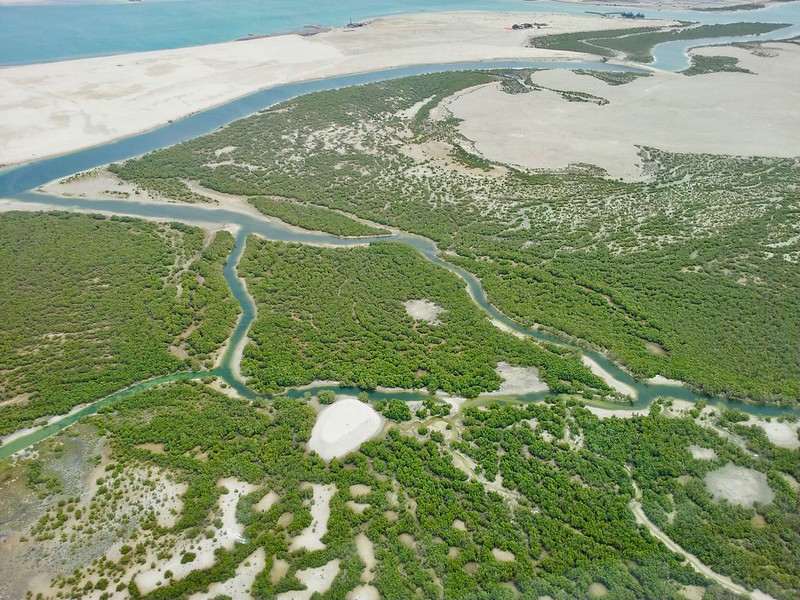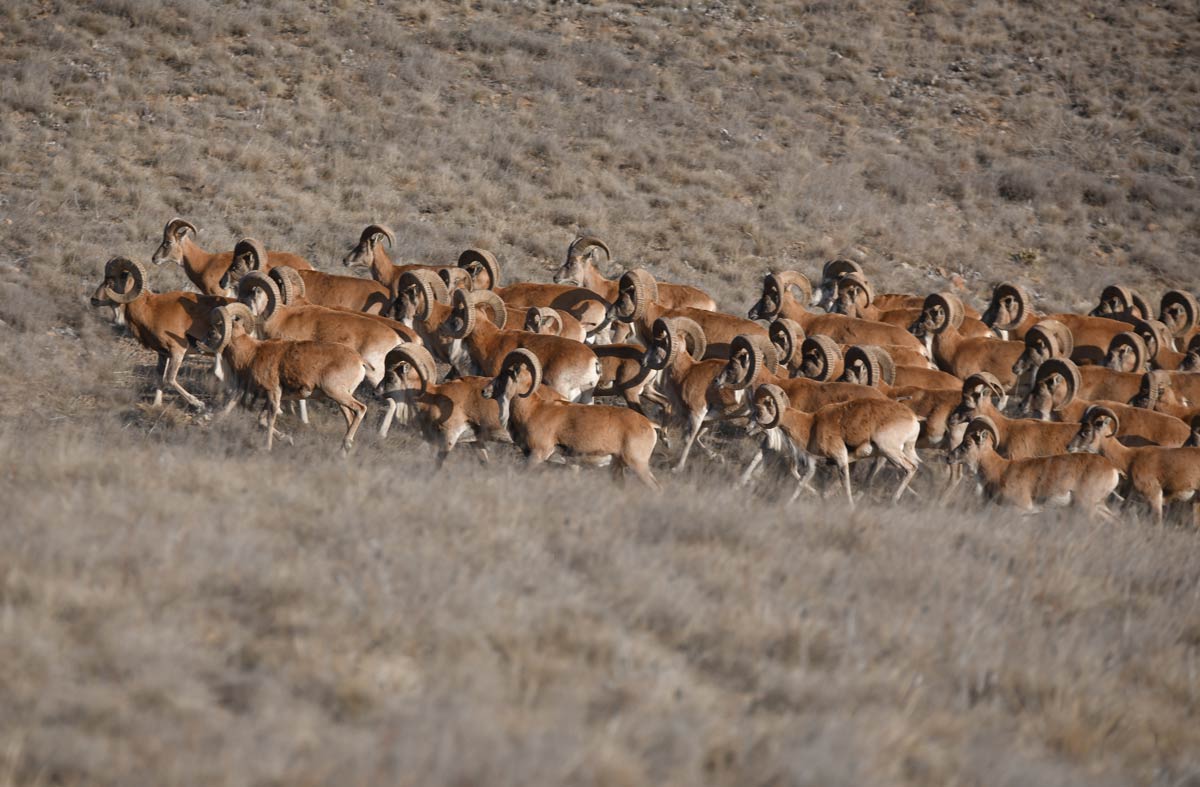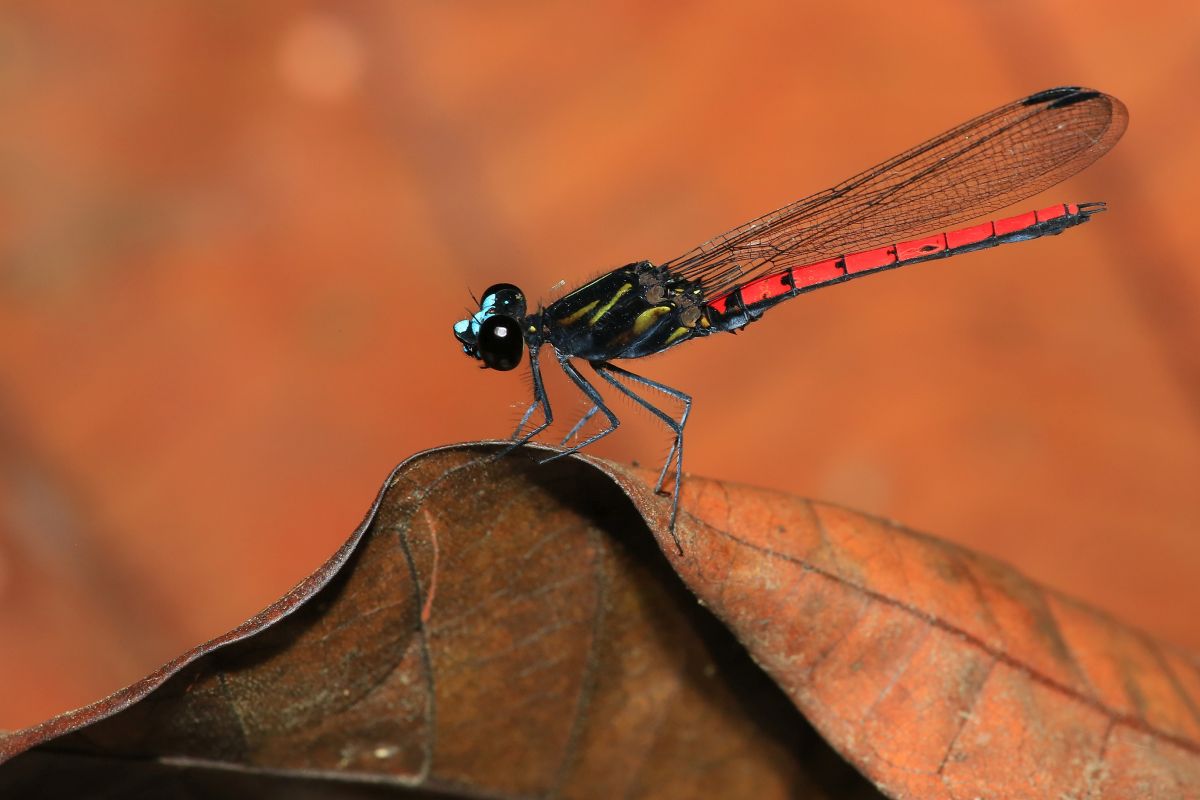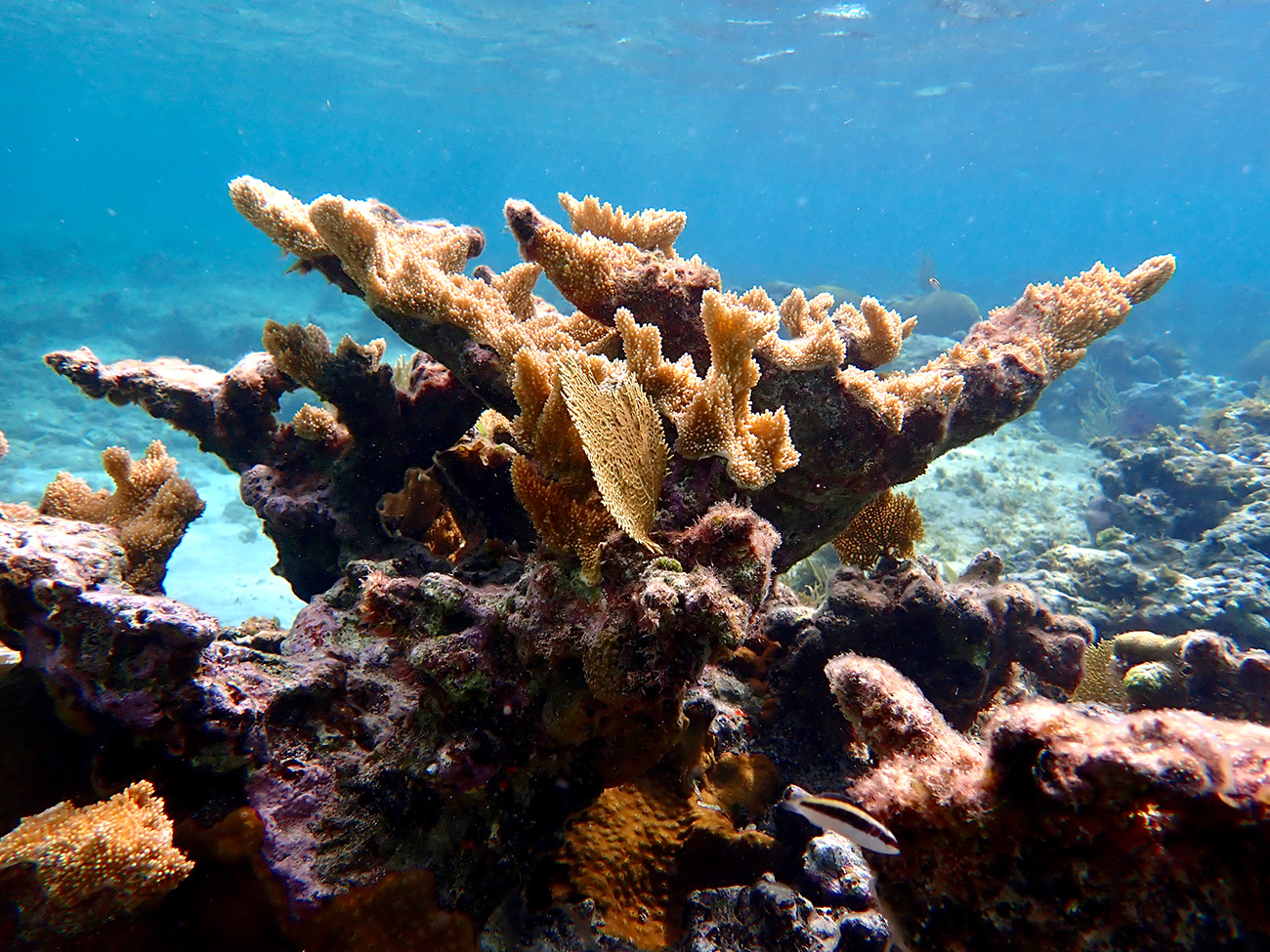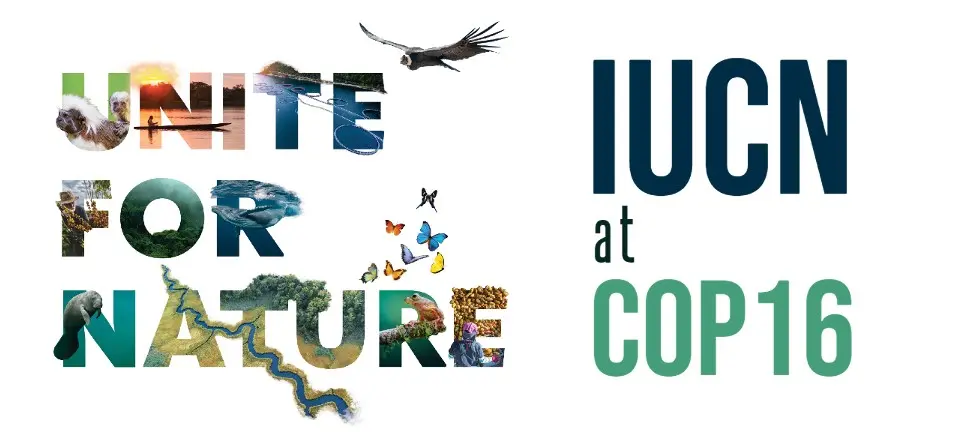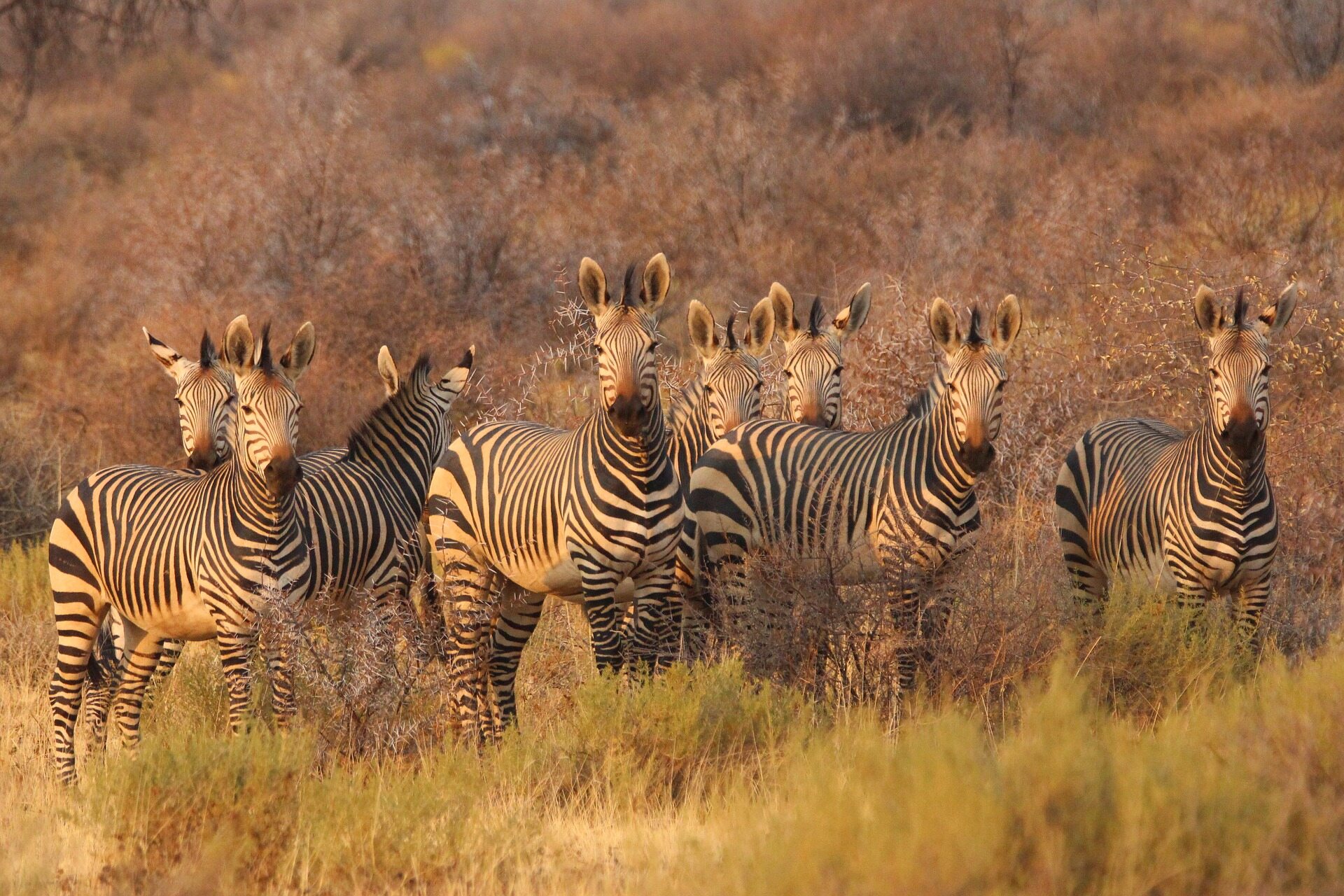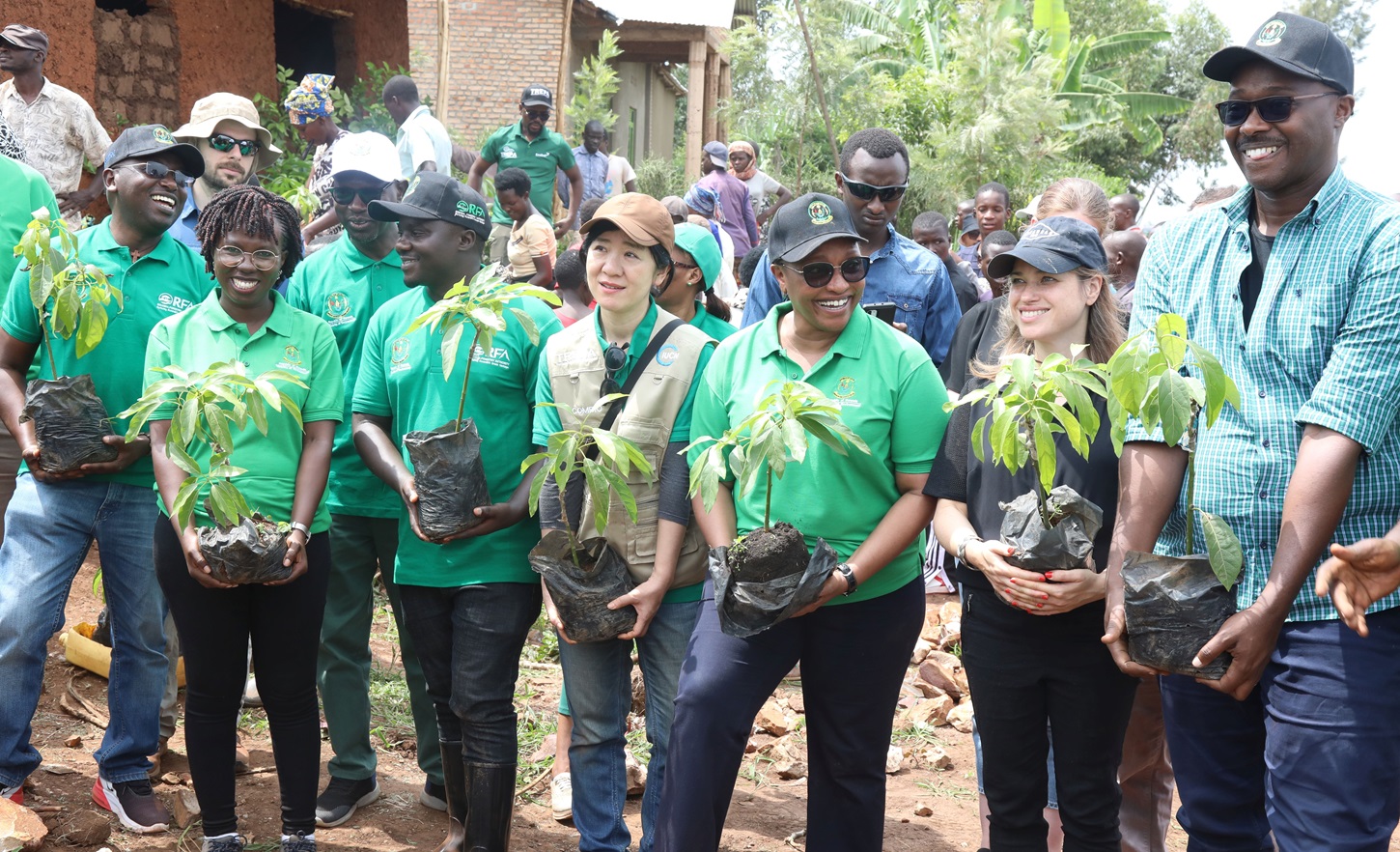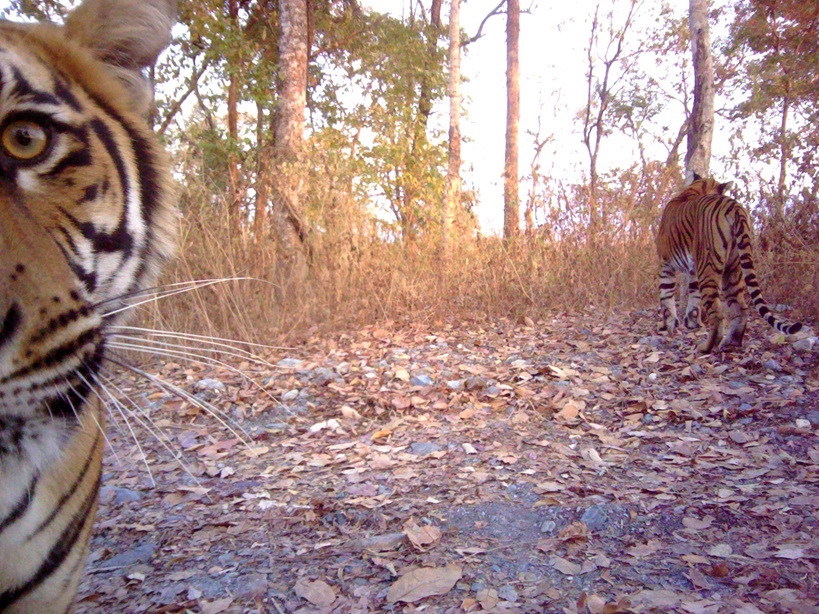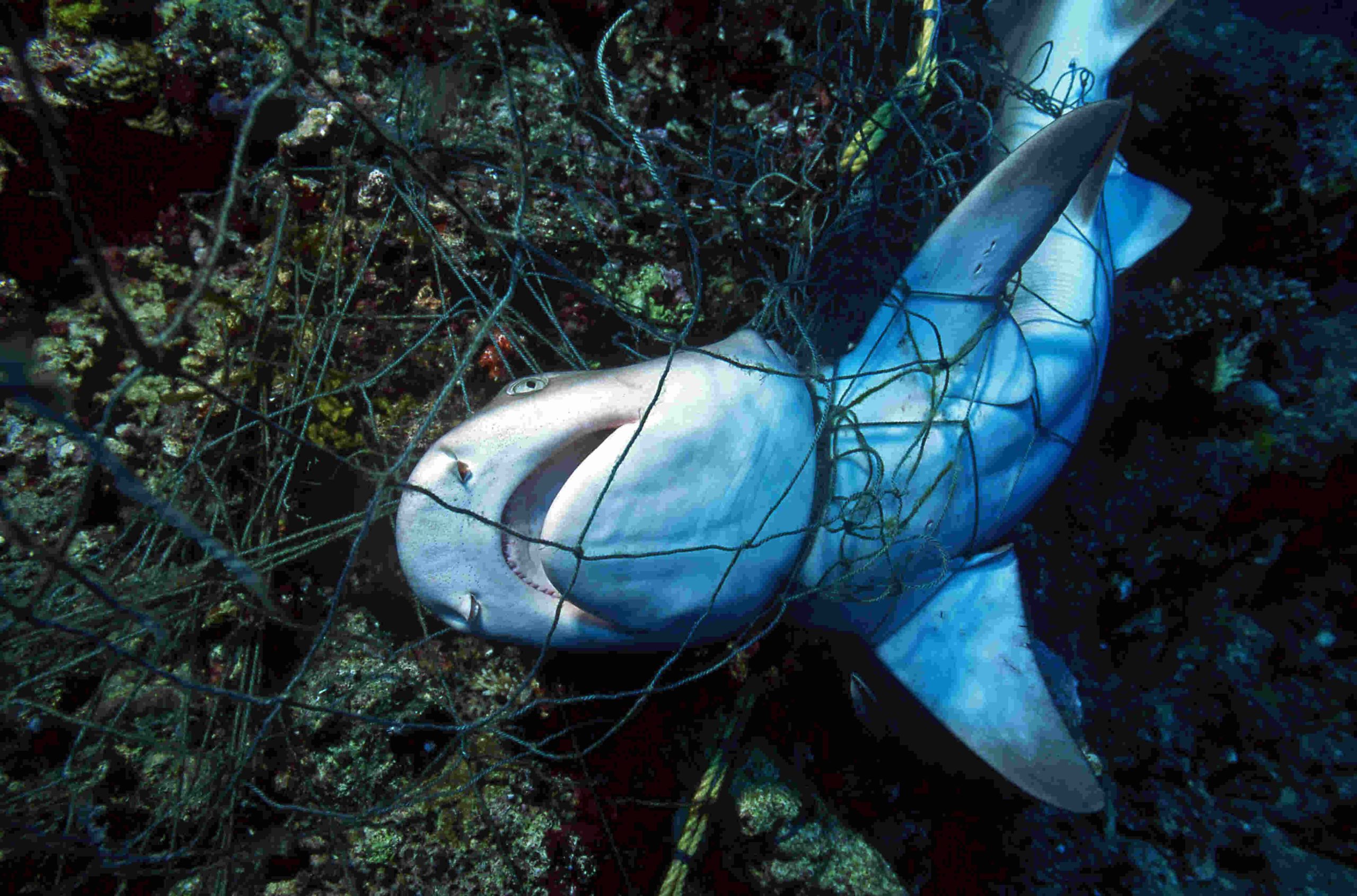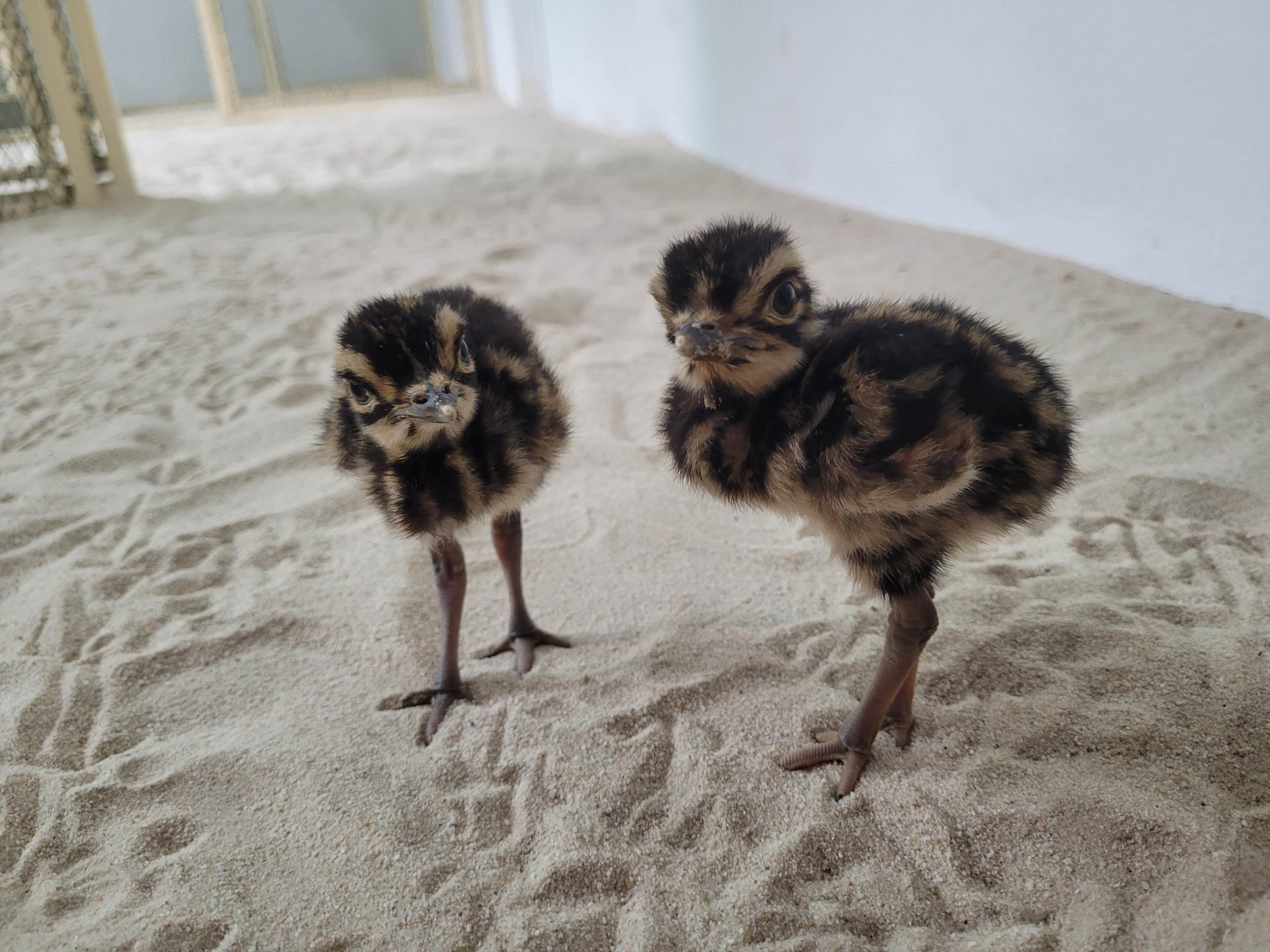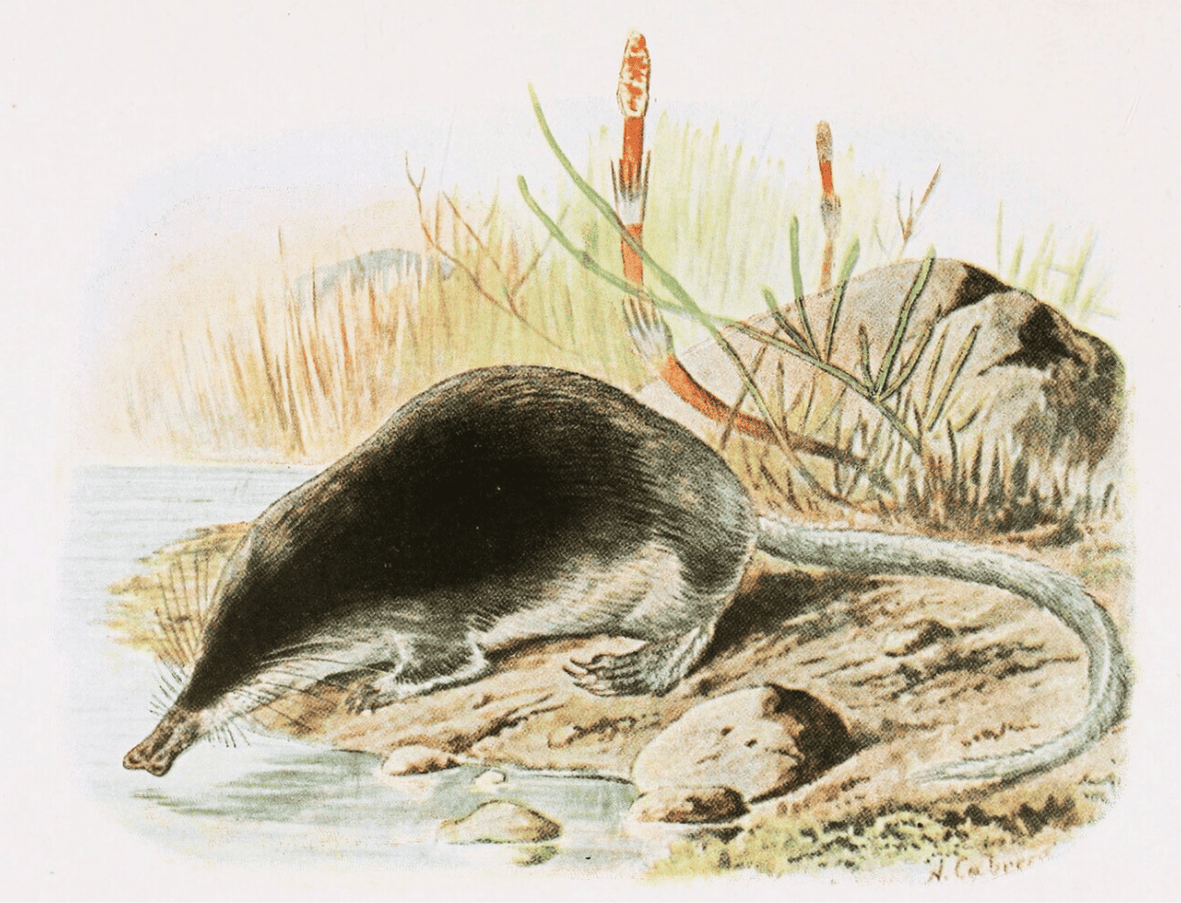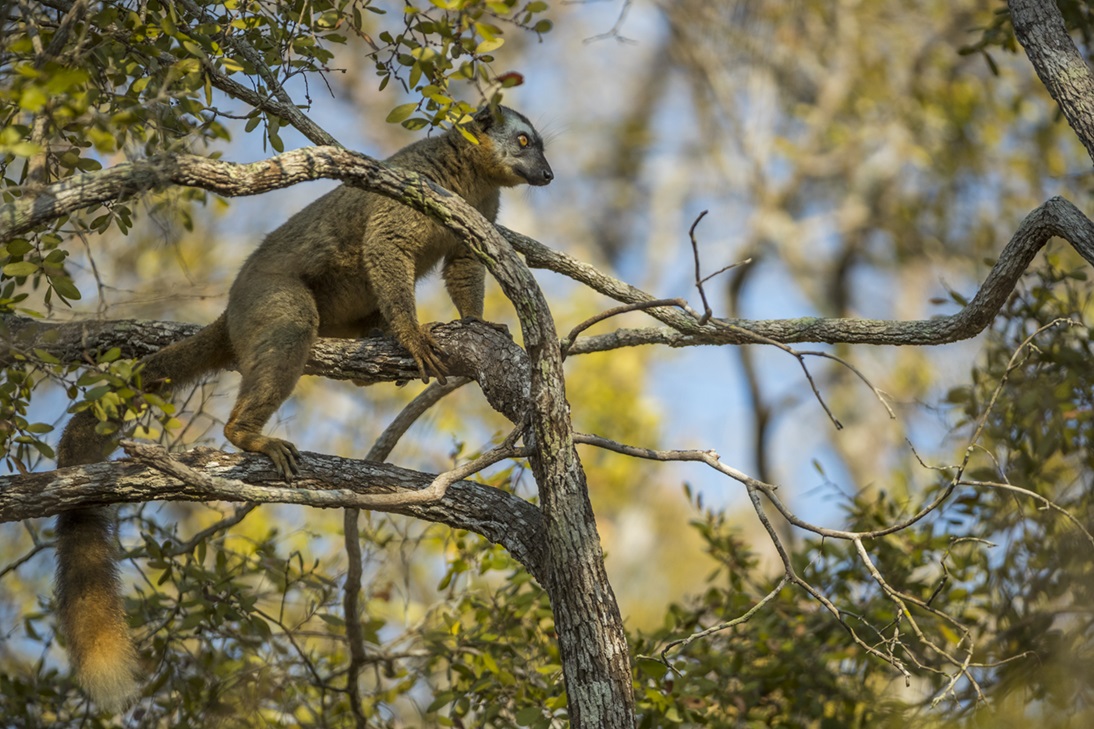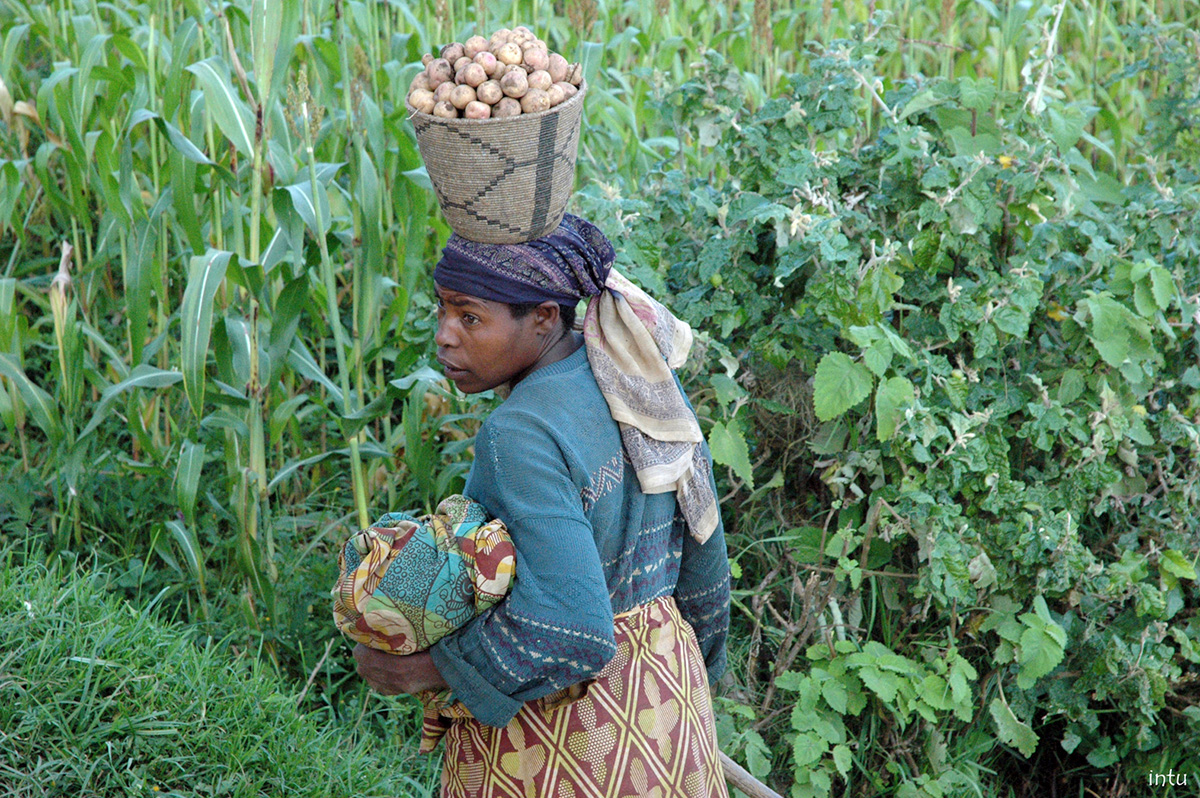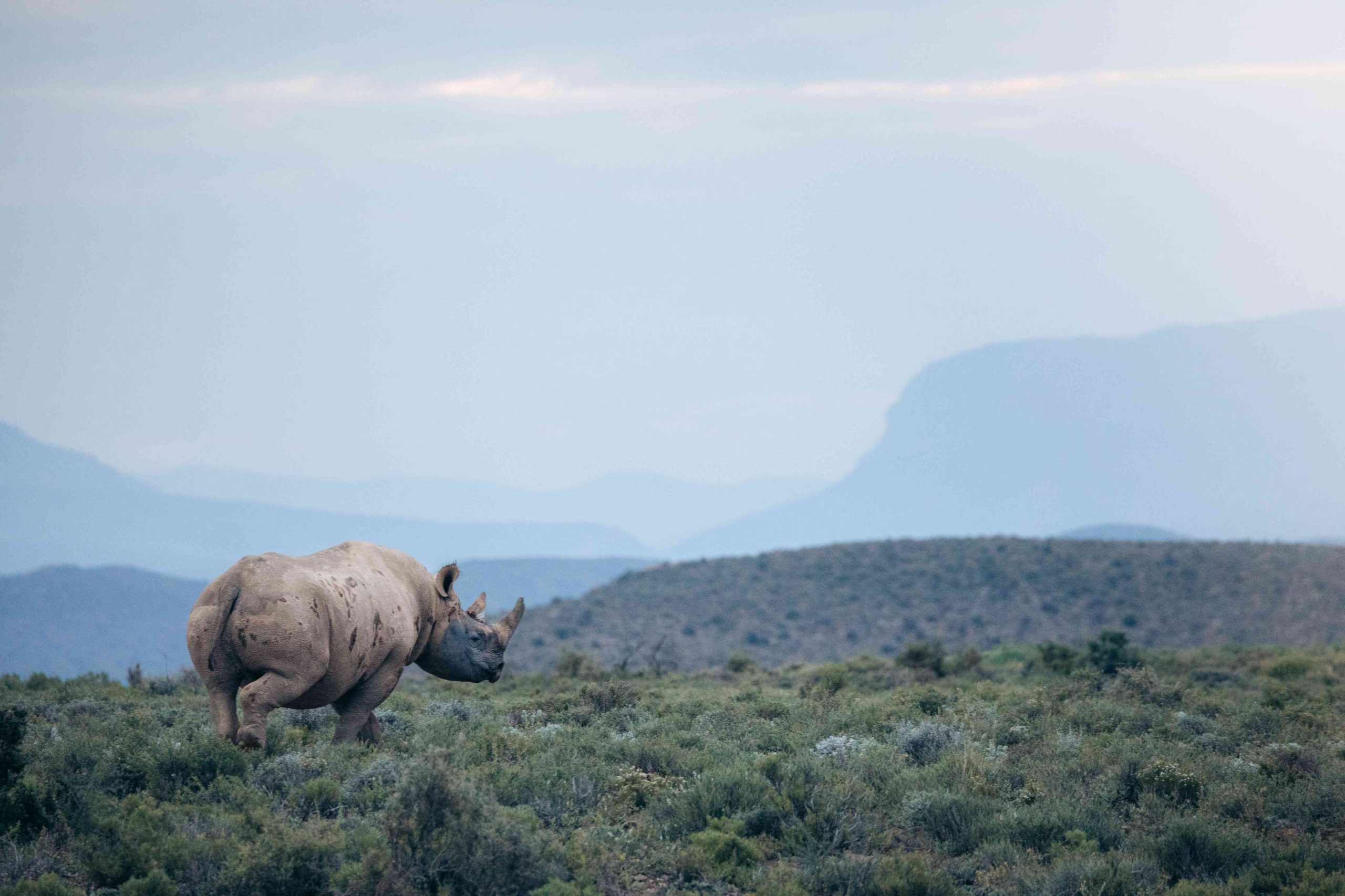On 9 October 2025, the IUCN World Conservation Congress 2025, the world’s largest and most inclusive biodiversity summit, will open in Abu Dhabi, United Arab Emirates.
Related content
Primary tools and resources
Transboundary conservation : a systematic and integrated approach
Approximately one-third of all terrestrial high-biodiversity sites straddle national land borders, yet few man-made boundaries are fixed, and international boundaries often alter over time or disappear altogether. This publication makes the compelling case for transboundary conservation approaches and promotes an array of innovative methods based on contemporary principles. It has been developed primarily to provide transboundary conservation managers with advice on how to work more effectively and how to address the challenges that are specific to transboundary conservation.
FAO’s 10 elements of agroecology: Guiding the transition to sustainable food and agricultural systems
Agroecology is integral to FAO’s Common Vision for Sustainable Food and Agriculture. It offers a unique approach to meeting significant increases in the future food needs. Agroecology is an integrated approach that applies ecological and social concepts and principles to the design and management of food and agricultural systems. These 10 elements set out the core principles.
IUCN Red List index : guidance for national and regional use. Version 1.1
The RLI monitors trends in extinction risk over time and is based on the IUCN Red List of Threatened Species. It tracks the conservation status of major species groups, and has been applied so far to birds, mammals, cycads, amphibians, corals. The data can be disaggregated by region, or country.
How to use
For details of the RLI process and to see results: https://www.iucnredlist.org/assessment/red-list-index
The Rufford Foundation
The Rufford Foundation is a UK registered charity which funds nature conservation projects across the developing world.
The flagship Rufford Small Grants Programme gives funding to individuals working in developing countries who are starting on the ladder of conservation research and establishing pilot programmes. In some cases, if their work progresses well, these individuals may apply for one of the further grants from the Foundation. Since the Rufford Small Grants Programme was set up over 20 years ago, it has given in excess of £30 million through more than 5100 grants to projects in over 150 countries. The programme identifies scientists at the very early stages of their careers and provides targeted support to enable them to achieve their goal of making a difference in terms of conservation. Many recipients have gone on to be key influencers at a national and sometimes global level
IUCN Important Marine Mammals Areas (IMMAs)
Important Marine Mammal Areas (IMMAs) are defined as discrete portions of habitat important to marine mammal species that have the potential to be delineated and managed for conservation. IMMAs consist of areas that may merit place-based protection and/or monitoring. IMMAs are identified through an independent, expert process.
The Global Strategy for Plant Conservation (GSPC)
The GSPC – A Plan to Save the World’s Plant Species – highlights the importance of plants and the ecosystem services they provide for all life on earth, and aims to ensure their conservation. The GSPC includes 16 targets for plant conservation. An updated GSPC was formally adopted at the 10th meeting of the Conference of the Parties to the CBD.
Planning Principles and Steps
This document was developed by the IUCN SSC Conservation Planning Specialist Group (CPSG) to build global capacity to save biodiversity and share and understanding of what effective species conservation planning looks like. The document contains 7 fundamental principles and 8 practical steps, and presents a succinct philosophy and framework for good species planning based on CPSG’s over 40 years of experience in species conservation planning. USER GUIDE SIMPLE AND CLEAR USER GUIDE TO THE BASIC PRINCIPLES AND PROCESS OF
CBD Guidance on enhancing positive and minimizing negative impacts on biodiversity of climate change adaptation activities
This document was produced by the CBD Subsidiary Body on Scientific, Technical and Technological Advice (SBSTTA) in 2016. It provides guidance on enhancing the positive and minimizing the negative impacts on biodiversity of climate change mitigation and adaptation activities, based on recent literature, case studies, and experience.
Section I presents the main principles of enhancing positive and reducing negative impacts of climate change adaptation activities on biodiversity. Section II provides guidance on enhancing positive and minimizing negative impacts of climate change adaptation activities, with specific examples from different sectors and ecosystems. Section III provides examples of tools to enhance the benefits and reduce the negative impacts of mitigation on biodiversity, with references to other reports where additional information can be found.
Fonseca Species Conservation Fund (FSCF)
The Fonseca Species Conservation Fund (FSCF) was established in 2024 by the Global Environment Facility (GEF) and Re:wild to honor the passion of the late Gustavo Fonseca, long-standing GEF director of programs, for species conservation and building capacity of the next generation of conservationists.
The FSCF draws on the expertise of IUCN Species Survival Commission Specialist Groups and other key partners to ensure all funding goes toward priority projects. Through the FSCF, grantees will access funding support, the expertise of the selection committees, and connections with partner organizations.
IPBES Thematic Assessment Report on Invasive Alien Species and their Control
The IPBES Thematic Assessment of Invasive Alien Species and their Control was adopted in September 2023 and synthesizes information from over 13,000 references on IAS into a comprehensive scientific assessment and a concise summary document for policy makers. The assessment assesses the current status and trends of invasive alien species, their impacts, drivers, management, and policy options to address the challenges they pose. It results from four years of work by experts from 49 countries.
Connectivity 101: Ecological connectivity for people and planet
Connectivity 101 is a free, self-paced course provided by the Wildlife Connect Initiative – a partnership of the World Wide Fund for Nature (WWF), Center for Large Landscape Conservation (CLLC), IUCN World Commission on Protected Areas – Connectivity Conservation Specialist Group (CCSG), and Convention on Migratory Species (CMS), designed with UNDP’s Learning for Nature.
Connectivity 101 teaches the basics of ecological connectivity conservation. The course will present general and replicable best practices for connectivity conservation and context-sensitive case studies worldwide. The course will focus on an audience of conservation practitioners but will also be accessible to a general audience. A certificate will be awarded to those who complete the course. Currently, the course is offered in English. Translations to other UN languages may be available in the future.
International Treaty on Plant Genetic Resources for Food and Agriculture (ITPGRFA)
The Treaty was developed by FAO. The objectives of the Treaty are the conservation and sustainable use of all plant genetic resources for food security and agriculture, and the fair and equitable sharing of the benefits arising out of their use. The Treaty puts 64 of the most important crops that together account for 80% of the food derived from plants into an easily accessible global pool of genetic resources that is freely available to potential users in the Treaty’s ratifying nations for some uses. The Treaty ensures that access to genetic resources already protected by international property rights is consistent with international and national laws.
How to use
The Treaty and further information can be accessed at: https://www.fao.org/plant-treaty/en/
The capacity development strategy of the international treaty 2023–2030 are available at: https://www.fao.org/3/nk298en/nk298en.pdf
IUCN Principle on Gender Equality and Women Empowerment
This Gender Equality and Women’s Empowerment Policy reaffirms and further strengthens IUCN’s commitment to realising gender equality and women’s rights and empowerment and puts into place requirements for embedding a gender-responsive approach into its Programme and project portfolio. Another publication Gender equality for greener and bluer futures: why women’s leadership matters for realising environmental goals includes new IUCN data on the number of women leading environmental ministries, compared with previous data. It also highlights data on why gender equality and women’s empowerment are essential for global goals on achieving an inclusive and sustainable future.
African Wildlife Poisoning Database
The Vulture Specialist Group of the IUCN Species Survival Commission gathers and collates data on historical and current incidents of wildlife poisoning to assess the scope and impact of this threat to vultures and other scavenging birds and wildlife on the African continent. The Database is accompanied by a map of poisoning incidents in Africa. A webform and a data submission template have been designed to facilitate simple uploading of records of poisoning incidents.
CBD Programme of Work on Agricultural Biodiversity
This CBD programme of work consists of four elements (assessment, adaptive management, capacity-building, and mainstreaming) and three cross-cutting initiatives (on conservation of pollinators, soil biodiversity, and biodiversity for food and nutrition). The programme of work identifies policy issues that governments can consider when addressing such matters, while considering various ways and means to improve the capacity of stakeholders and to promote the mainstreaming and integration of agricultural biodiversity into sectoral and cross-sectoral plans and programmes at all levels.
International Treaty on Plant Genetic Resources for Food and Agriculture (ITPGRFA)
The Treaty was developed by FAO. The objectives of the Treaty are the conservation and sustainable use of all plant genetic resources for food security and agriculture, and the fair and equitable sharing of the benefits arising out of their use. The Treaty puts 64 of the most important crops that together account for 80% of the food derived from plants into an easily accessible global pool of genetic resources that is freely available to potential users in the Treaty’s ratifying nations for some uses. The Treaty ensures that access to genetic resources already protected by international property rights is consistent with international and national laws.
How to use
The Treaty and further information can be accessed at: https://www.fao.org/plant-treaty/en/
The capacity development strategy of the international treaty 2023–2030 are available at: https://www.fao.org/3/nk298en/nk298en.pdf
Important Plant Areas (IPAs)
IPAs are key sites for exceptional botanical richness. They are identified using three criteria: threatened species, botanical richness (including socially, economically, and culturally valuable plants), and threatened habitats. IPAs contribute to implementing the Global Biodiversity Framework and are a component of National Biodiversity Strategies and Action Plans.
Ecologically or Biologically Significant Marine Areas (EBSAs)
This is a / EBSAs are / a CBD initiative to identify marine areas that serve important purposes in supporting the healthy functioning of oceans and the services they provide. EBSAs are identified according to seven criteria. Selection of EBSAs and conservation and management measures is a matter for States and competent intergovernmental organizations, in accordance with international law, including the UN Convention on the Law of the Sea.
How to use
- To obtain search the global map of EBSAs: https://www.cbd.int/ebsa/
- For further details of the EBSA criteria: int/doc/meetings/mar/ebsaws-2014-01/other/ebsaws-2014-01-azores-brochure-en.pdf
Important Shark and Ray Areas (ISRA)
ISRAs have been developed by the IUCN Species Survival Commission Shark Specialist Group to ensure that discrete portions of habitats critical to shark species are delineated and used in site-based conservation and management initiatives in global waters. ISRAs are identified through the application of four criteria, incorporating seven sub-criteria. The Criteria provide an objective framework for identifying areas crucial for the persistence of sharks and rays and, where required, their recovery.
Agriculture and conservation
In 2021, IUCN launched the IUCN Flagship Report Series, to help demonstrate the importance of conserving nature for human well-being and all life on Earth. This report, the second in the series, focuses on agriculture and nature. The interactions, synergies, and tradeoffs between the two sit at the heart of the 2030 Agenda for Sustainable Development, which calls for ending hunger and ensuring food security while also mandating the protection and restoration of nature. Whether the two can be achieved simultaneously, and if so how, are crucial questions for humanity and our planet. IUCN therefore explores the positive and negative relationships between agriculture and nature conservation and mobilises new modelling approaches to examine both imperatives within a range of realistic policies.
CPSG Species Conservation Planning Tools
The IUCN SSC Conservation Planning Specialist Group (CPSG) has developed several tools and resources to support planning. Teams are available to support this approach, including the use of modelling tools. Training in species conservation planning tools and processes is available through a combination of in-person and online courses. Training results in a certificate of completion. Extended mentoring opportunities also exist.
The One Plan Approach: requires that all available resources, all stakeholders and all populations of a species, are considered in conservation planning process. This approach is particularly effective at bringing together ex situ and in situ wildlife conservation practitioners and tools. Through CPSG, teams are available to support groups to apply this approach, which may include the application of the IUCN SSC Ex situ Guidelines as well as databases and modelling tools produced and maintained through key partners such Species360 and the Species Conservation Toolkit Initiative.
Population and Habitat Viability Assessment (PHVA): is a specific approach that integrates population viability analysis (PVA) into stakeholder-inclusive, multi-disciplinary planning projects. The PVA element helps all stakeholders to understand more a species’ life-history, threats, and the likely efficacy of potential conservation strategies. Facilitator-modeller teams are available through CPSG, to support groups to apply this approach.
Assess to Plan (A2P): is a process designed to bridge the gap between Red List assessment and conservation planning, for speciose groups. Using Red List data, assessors and other experts identify pathways to conservation action for taxa assessed as Threatened or Data Deficient. Outputs include recommendations for further planning or action for multi-species groups of taxa that can be expected to respond favourably to the same kinds of conservation action taken in the same areas and/or by the same groups of conservation actors.
IUCN Important Marine Mammals Areas (IMMAs)
Important Marine Mammal Areas (IMMAs) are defined as discrete portions of habitat important to marine mammal species that have the potential to be delineated and managed for conservation. IMMAs consist of areas that may merit place-based protection and/or monitoring. IMMAs are identified through an independent, expert process.
Alliance on Zero Extinction (AZE) sites
An AZE site must contain 95% of the population of an ‘Endangered’ or ‘Critically Endangered’ species and have a definable boundary. These criteria are the equivalent of Key Biodiversity Area (KBA) criterion A1e.
How to use
- To see the list, description, and map of existing AZE sites see: https://zeroextinction.org/
- To submit a site for AZE status, complete the form at: https://zeroextinction.org/get-involved/submit-a-site/
BIOFIN The Nature of Subsidies: A step-by-step guide to repurpose subsidies harmful to biodiversity and improve their impacts on people and nature
The Biodiversity Finance Initiative (BIOFIN) of United Nations Development Programme (UNDP) has developed this guide to assist countries in assessing to what extent government subsidies are having harmful impacts on biodiversity, and to create action plans to repurpose them to become more nature-positive and enhance positive impacts for both people and nature. The BIOFIN Catalogue of Financing Solutions summarizes over 150 possible financing mechanisms to help countries understand which financing mechanisms are already used around the world. Countries can use this Catalogue to determine priorities for their national biodiversity finance plan.
How to use
The step-by-step guide can be downloaded at:
Further information on BIOFIN and the Catalogue of Financing Solutions are available at:


